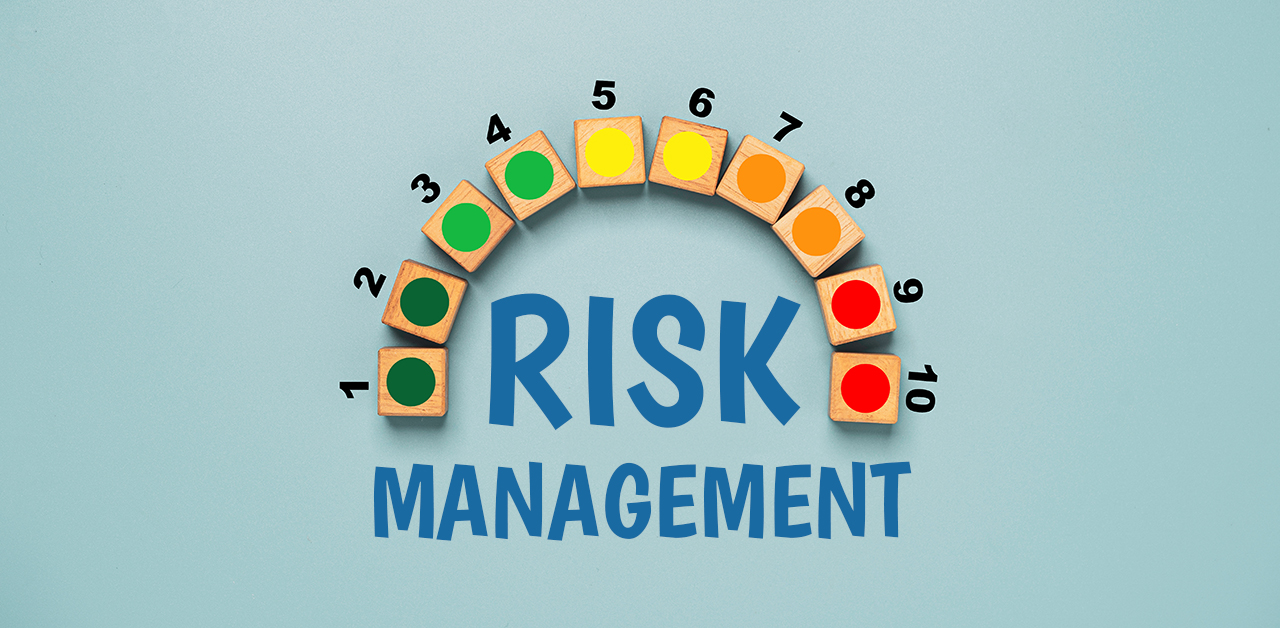
In the digital age, data centers are the backbone of modern businesses, powering critical operations, storing vast amounts of data, and enabling seamless connectivity. However, as technology advances and data demands grow exponentially, organizations must continually modernize their data centers to meet evolving needs. In this blog, we will explore the future of data center modernization, focusing on the key trends and advancements that will shape the data centers of tomorrow.
Embracing Efficiency and Sustainability
Edge Computing: Edge computing is set to revolutionize the data center landscape. With the rise of Internet of Things (IoT) devices, autonomous systems, and real-time applications, there is an increasing need to process data closer to the source. Edge computing brings computation and storage resources closer to the data generation point, reducing latency and improving overall performance. As data centers move towards the network edge, organizations can expect reduced data transit costs, enhanced reliability, and improved response times.
Hybrid and Multi-Cloud Environments: The future of data center modernization lies in the adoption of hybrid and multi-cloud environments. As organizations seek to optimize their infrastructure, they are leveraging a combination of on-premises data centers, private clouds, and public cloud services. This approach allows for flexibility, scalability, and cost optimization. Data centers are evolving to accommodate seamless integration between different cloud environments, enabling organizations to leverage the benefits of each platform while maintaining control over their data and applications.
Sustainable Practices: Sustainability is becoming a top priority for data centers. As the energy consumption of data centers continues to rise, there is a growing emphasis on reducing their environmental impact. Future data centers will employ innovative cooling techniques, such as liquid cooling and immersive cooling, to increase energy efficiency. Renewable energy sources like solar and wind power will play a significant role in powering data centers, reducing reliance on fossil fuels. Additionally, data center operators will focus on recycling and responsible disposal of electronic waste, partnering with ITAD providers like OceanTech to ensure proper asset disposition.
Artificial Intelligence and Machine Learning: Artificial Intelligence (AI) and Machine Learning (ML) are driving advancements in data center management. These technologies enable predictive analytics, intelligent automation, and efficient resource allocation. AI and ML algorithms can optimize power usage, cooling systems, and server performance, leading to energy savings and improved operational efficiency. Data centers will increasingly rely on AI-driven monitoring and management tools to enhance performance, reduce downtime, and streamline operations.
Software-Defined Infrastructure: The future of data centers lies in software-defined infrastructure (SDI), where network, storage, and compute resources are virtualized and managed through software. SDI provides agility, scalability, and flexibility, allowing organizations to respond quickly to changing demands. It enables automated provisioning, seamless resource allocation, and centralized management. As SDI matures, data centers will become more dynamic and adaptable, supporting modern applications and workloads effectively.
Enhanced Security Measures: As the volume and value of data continue to grow, data center security becomes paramount. Future data centers will integrate advanced security measures such as robust encryption, multi-factor authentication, and biometric access controls. Machine learning algorithms will be used to detect anomalies and potential threats, enabling proactive threat management. Additionally, data centers will adopt distributed security models, employing micro-segmentation and network virtualization to isolate workloads and protect against unauthorized access.
Data Center Infrastructure Management (DCIM): DCIM solutions will play a vital role in the future of data center modernization. These tools provide comprehensive visibility and control over data center assets, resources, and environmental conditions. DCIM enables efficient capacity planning, real-time monitoring, and predictive maintenance, ensuring optimal performance and reliability. Integration with AI and ML technologies will enhance the capabilities of DCIM, enabling data-driven decision-making and proactive management.
By embracing these trends, organizations can build agile, scalable, and eco-friendly data centers that will empower them to thrive in the digital workplace. As an ITAD partner, OceanTech is committed to supporting organizations in their data center modernization journey by providing responsible asset disposition services and promoting sustainability.


